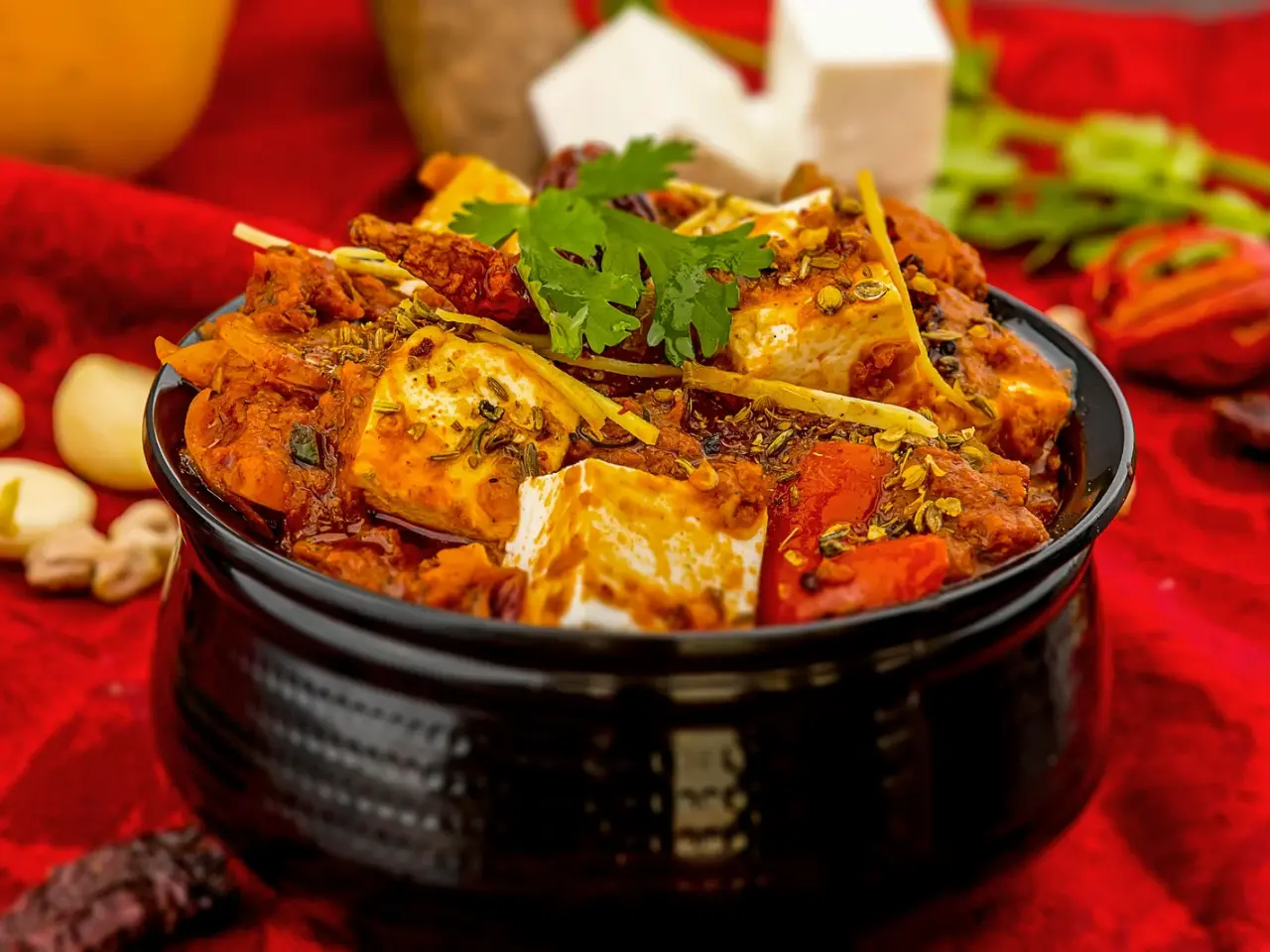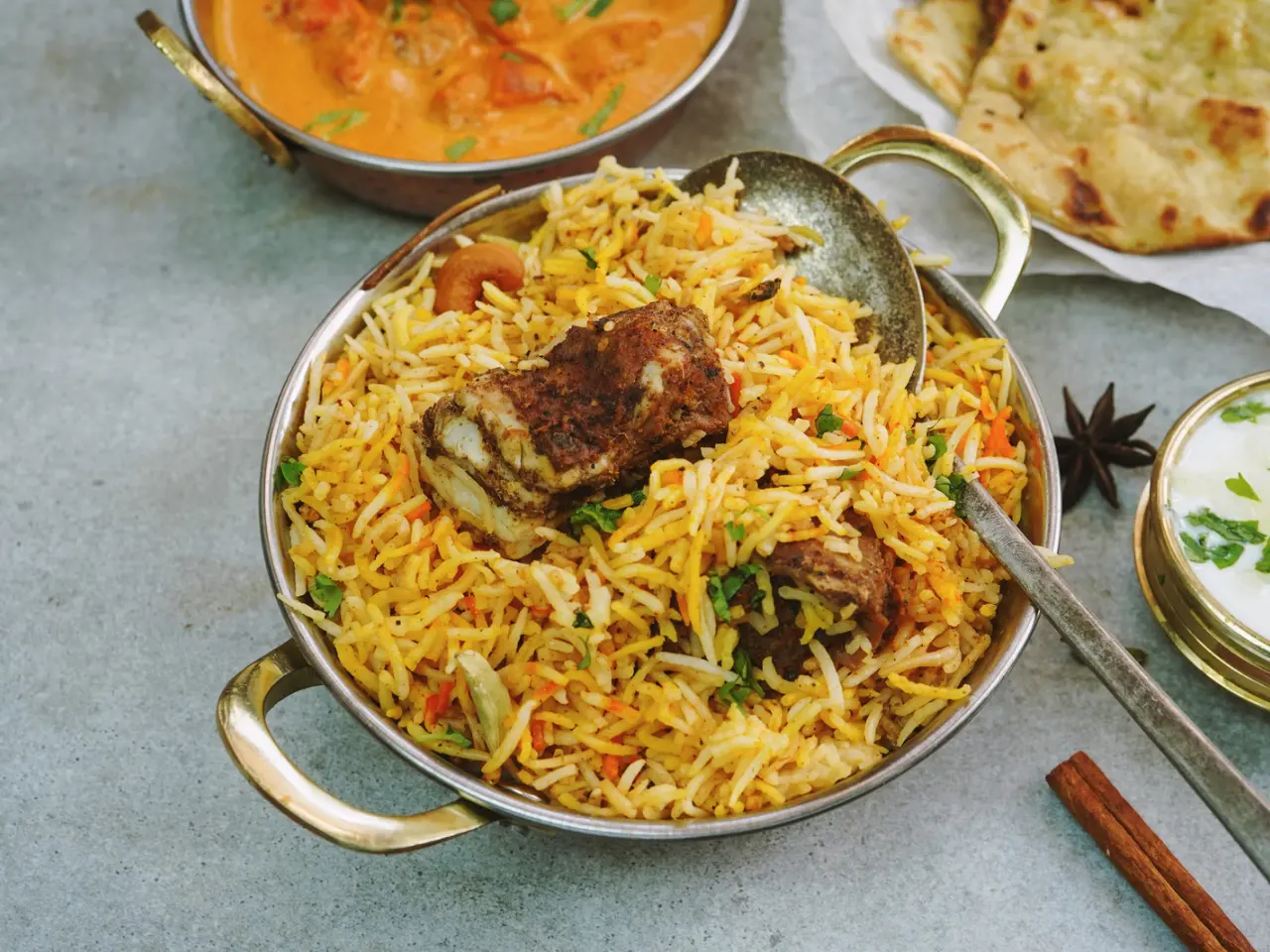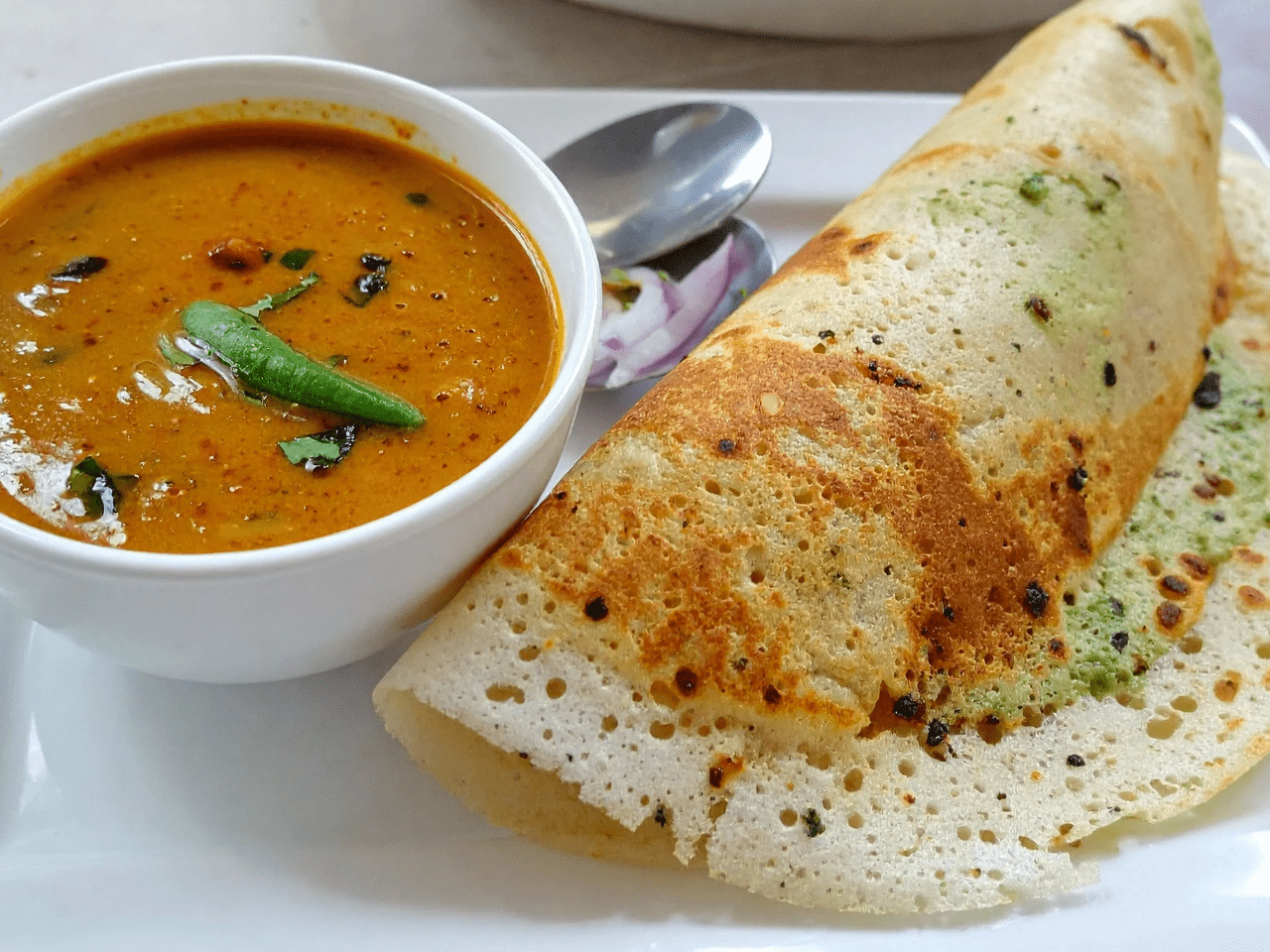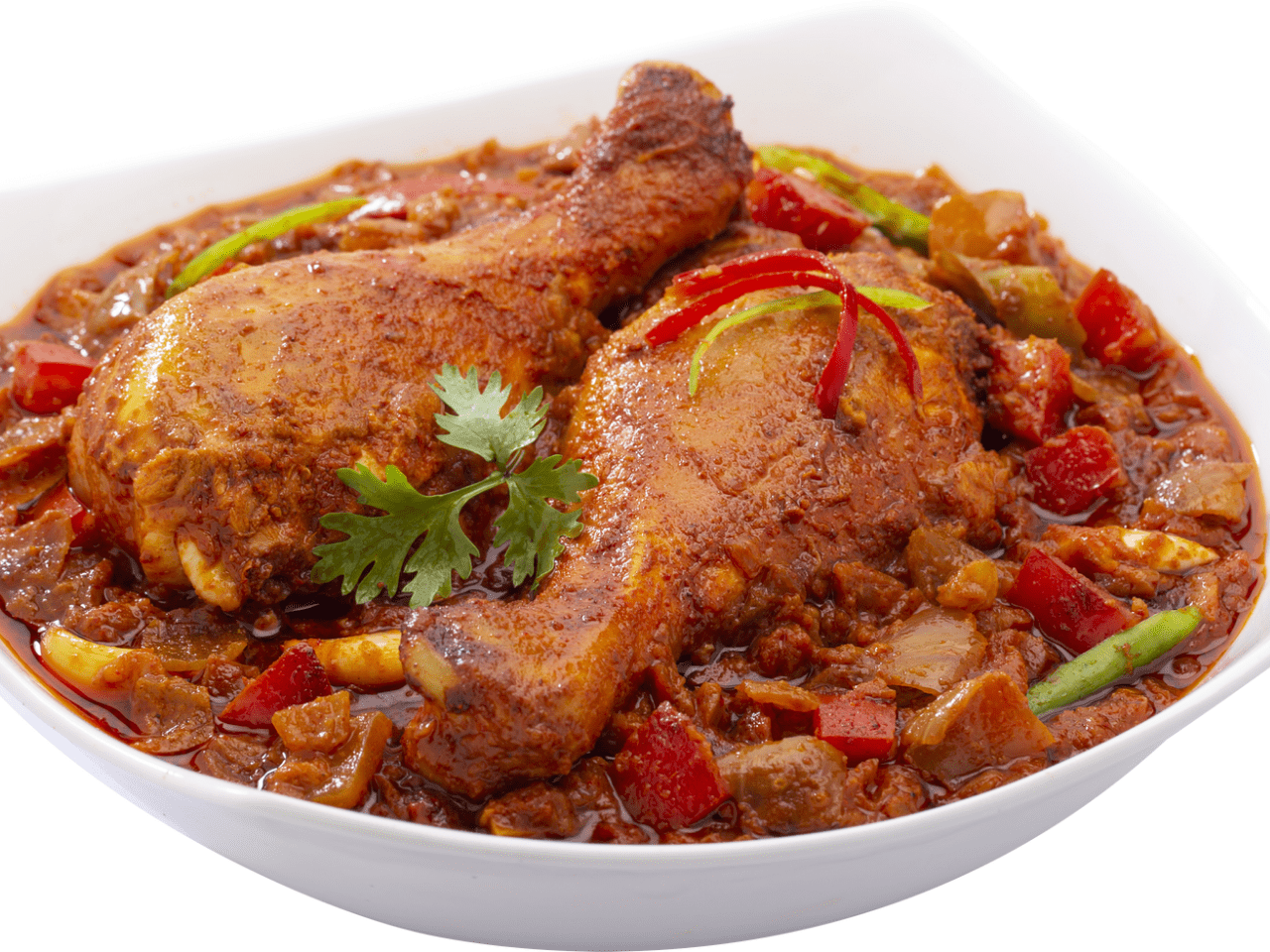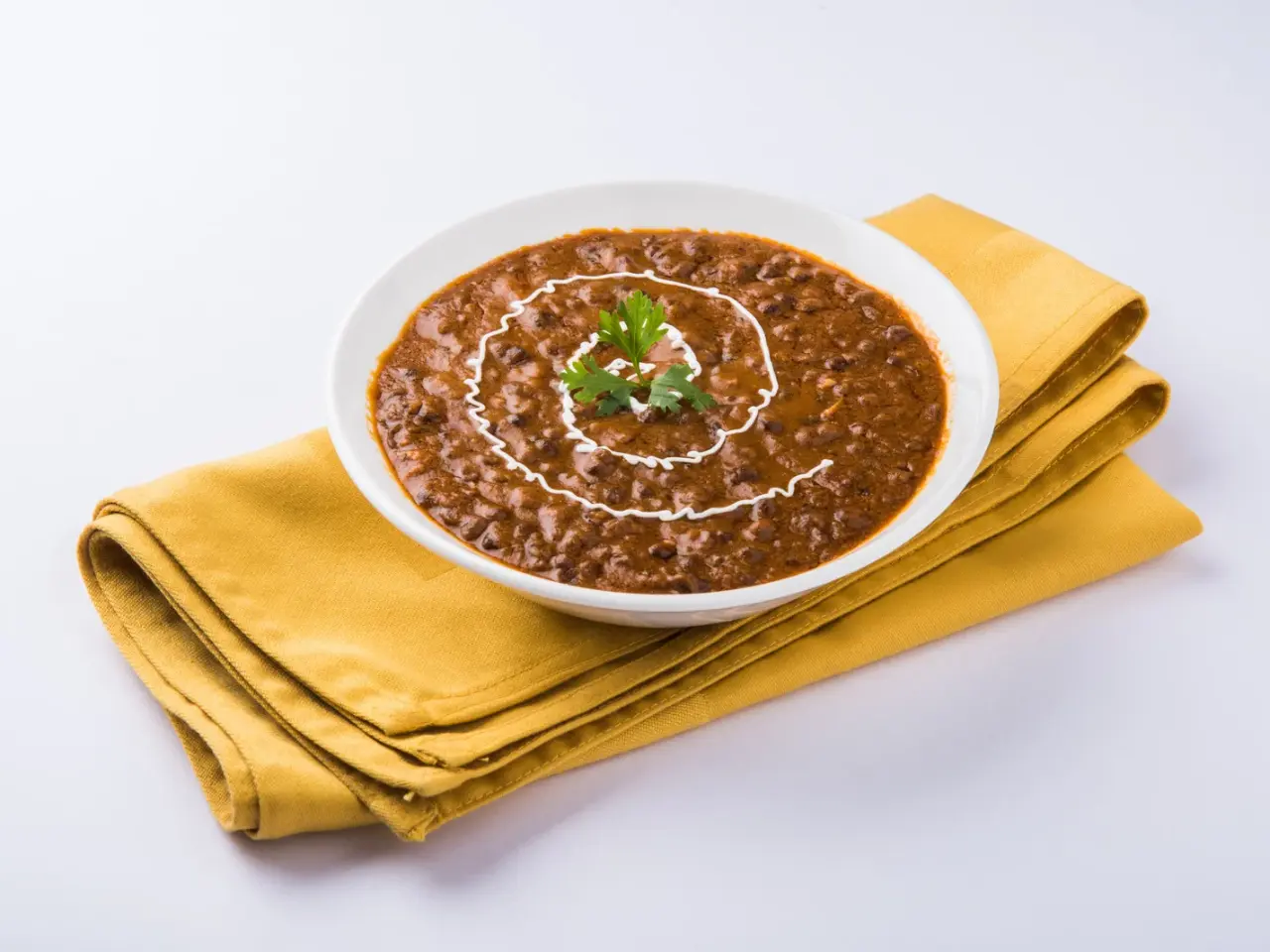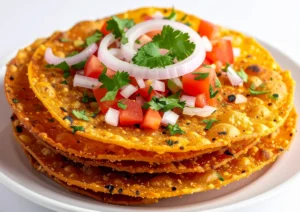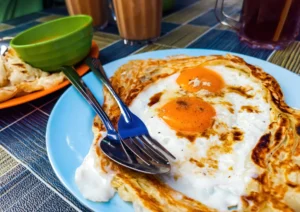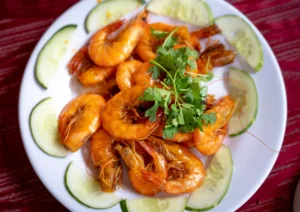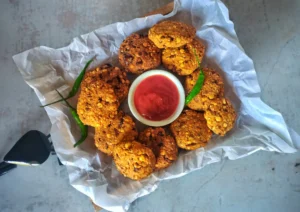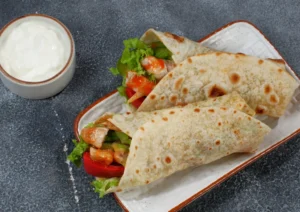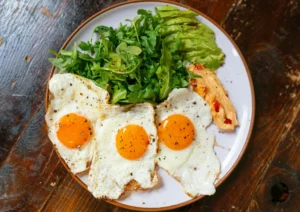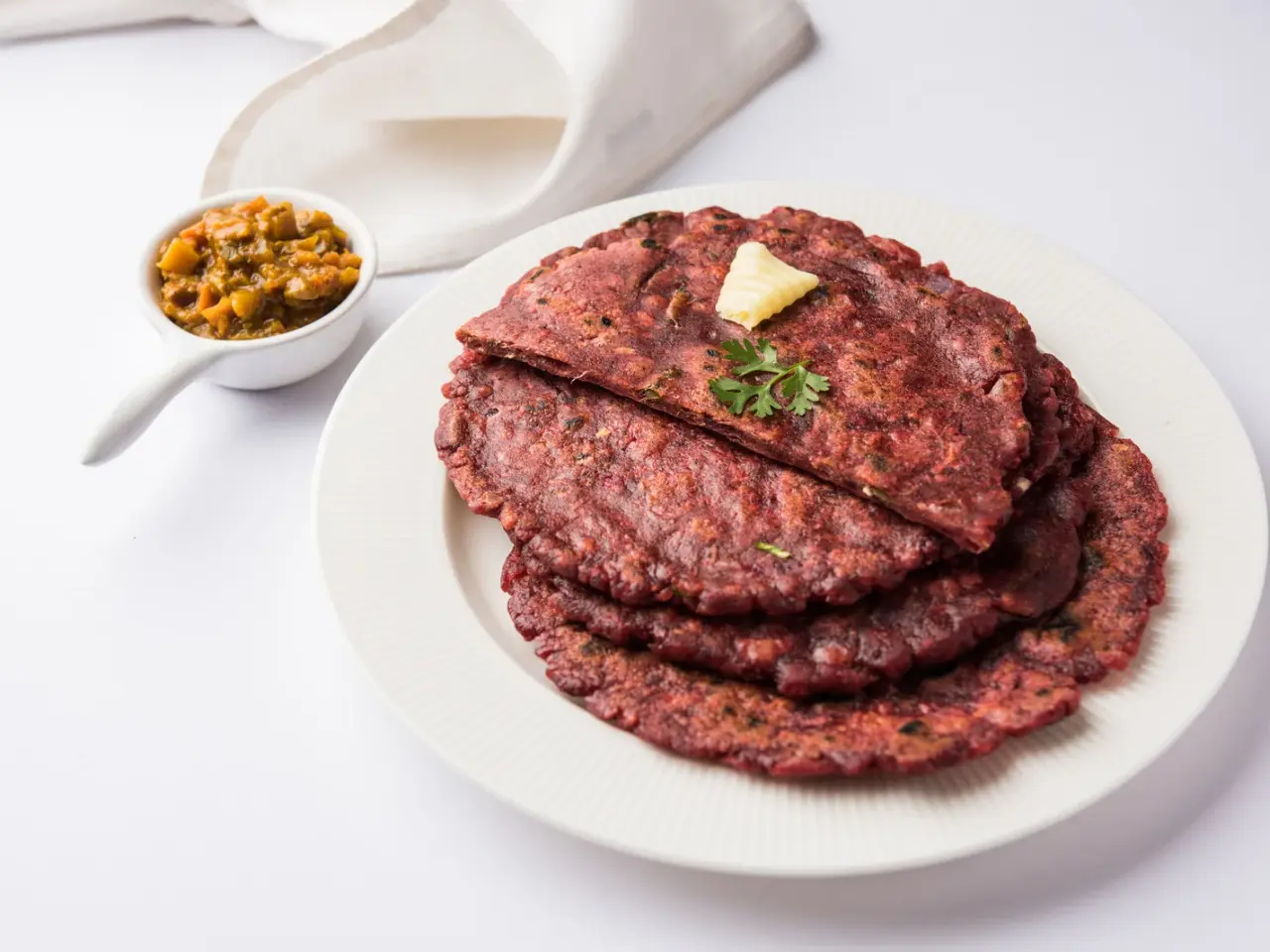South Indian cuisine is loved for its wide variety of dosas – crisp, golden, and full of flavor. Among the many variations, one unique and wholesome option gaining attention is the Ragi Bun Dosa. Unlike the typical thin dosa, this version is slightly thick, spongy, and soft, resembling a bun. It combines the earthy goodness of ragi (finger millet) with the traditional fermentation process, making it both nutritious and satisfying.
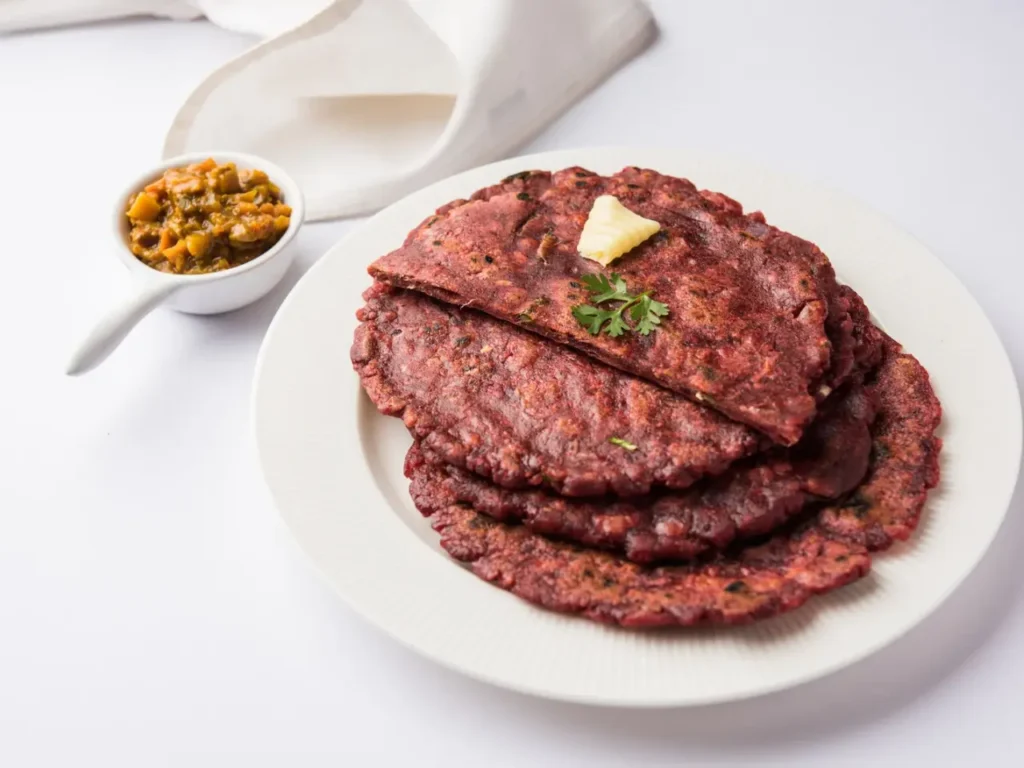
Why Choose Ragi Bun Dosa?
Ragi, also known as finger millet, is one of the oldest grains in Indian cooking. For centuries, it has been a staple in many rural diets due to its health benefits:
Rich in Calcium & Iron: Helps strengthen bones and prevent anemia.
High in Fiber: Keeps you full for longer and supports digestion.
Diabetic-Friendly: Has a low glycemic index, making it a smart choice for those managing blood sugar levels.
Weight Management: A perfect addition to balanced diets as it is filling yet light.
By incorporating ragi into a dosa, you’re getting the best of both worlds – traditional flavor and modern health consciousness.
Ingredients You Need
Making Ragi Bun Dosa at home doesn’t require anything fancy. You’ll need:
1 cup ragi flour
½ cup dosa rice
¼ cup urad dal (black gram)
2 tablespoons poha (flattened rice) for softness
Salt to taste
Oil or ghee for cooking
Step-by-Step Preparation
Soak urad dal, dosa rice, and poha separately for 4–5 hours.
Grind them into a smooth batter using water as required.
Mix the ground batter with ragi flour until well combined.
Ferment overnight or at least 7–8 hours in a warm place until the batter rises and turns slightly airy.
Cook on a hot tawa: Pour a ladle of batter, spread lightly (not too thin), and drizzle oil or ghee around it. Cover and cook until both sides turn soft, fluffy, and golden brown.
Serving Suggestions
Ragi Bun Dosa pairs beautifully with:
Coconut chutney
Spicy tomato chutney
Vegetable sambar
A dollop of homemade butter for extra richness
Whether it’s breakfast, lunch, or even dinner, this wholesome dosa easily fits into any meal plan.
FAQs
1. Is Ragi Bun Dosa good for weight loss?
Yes, it helps in weight loss as ragi is high in fiber and keeps you full for longer, reducing overeating.
2. Can diabetics eat Ragi Bun Dosa?
Absolutely! Ragi has a low glycemic index, making it a safe and healthy option for diabetics.
3. How is Ragi Bun Dosa different from normal dosa?
Unlike the thin and crispy plain dosa, Ragi Bun Dosa is thick, soft, and bun-like due to the addition of ragi flour and fermentation.
4. Can it be made without fermentation?
Yes, but the authentic taste and softness come only from fermentation. For a quick version, you can add curd and baking soda to the batter.
5. Is Ragi Bun Dosa good for kids?
Yes, it’s excellent for growing children because of its calcium and iron content, which help in bone growth and energy.


